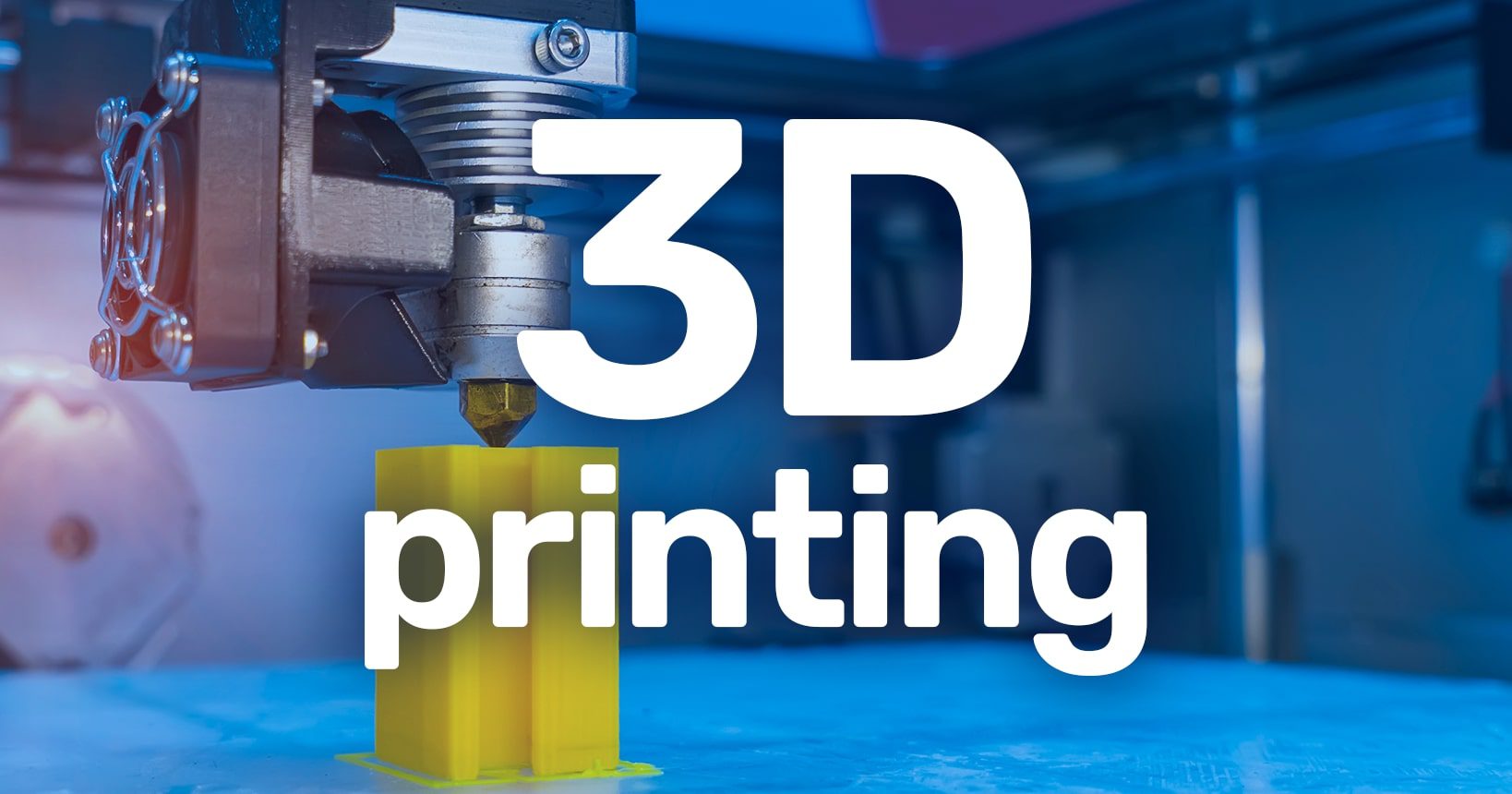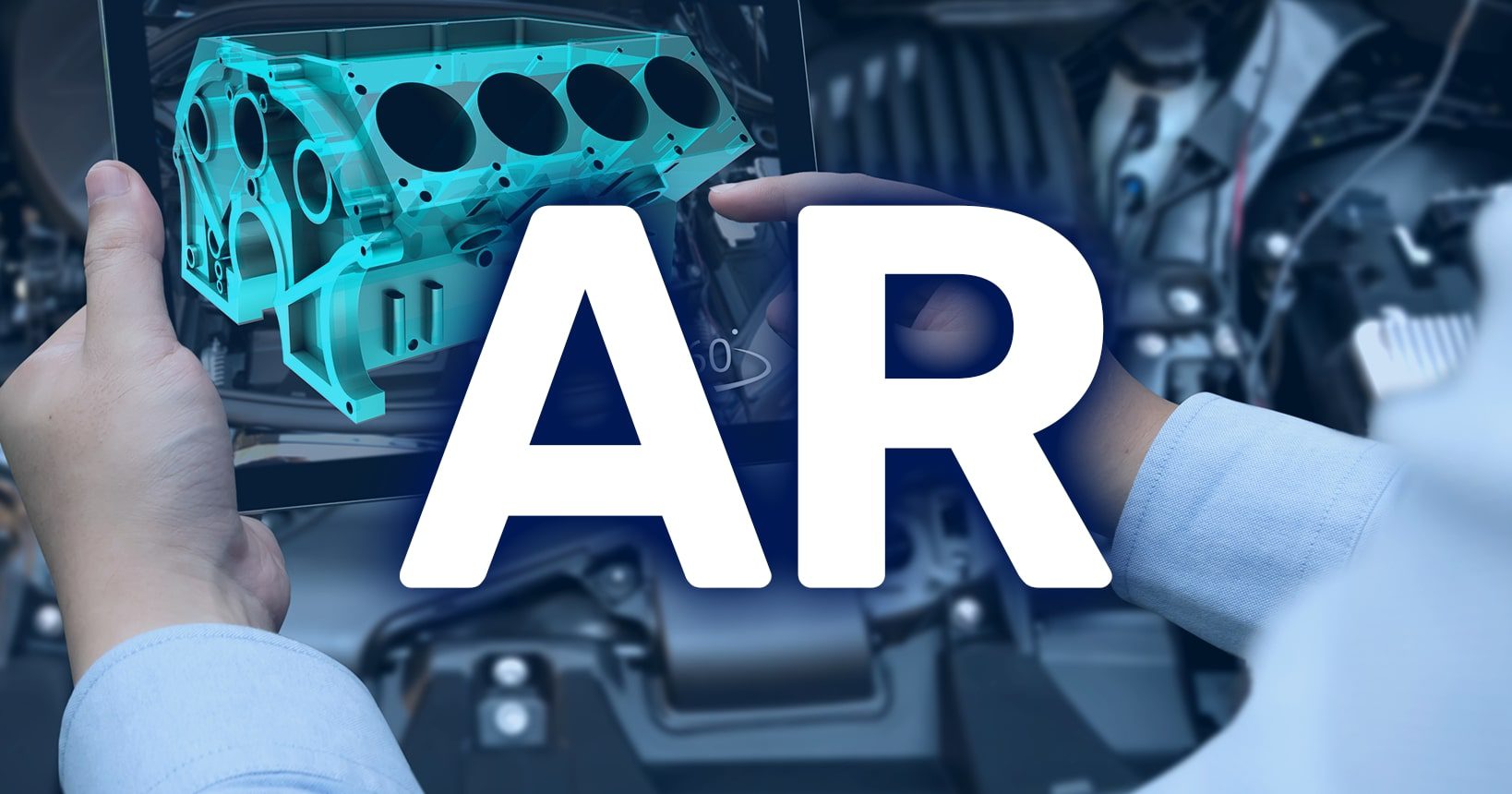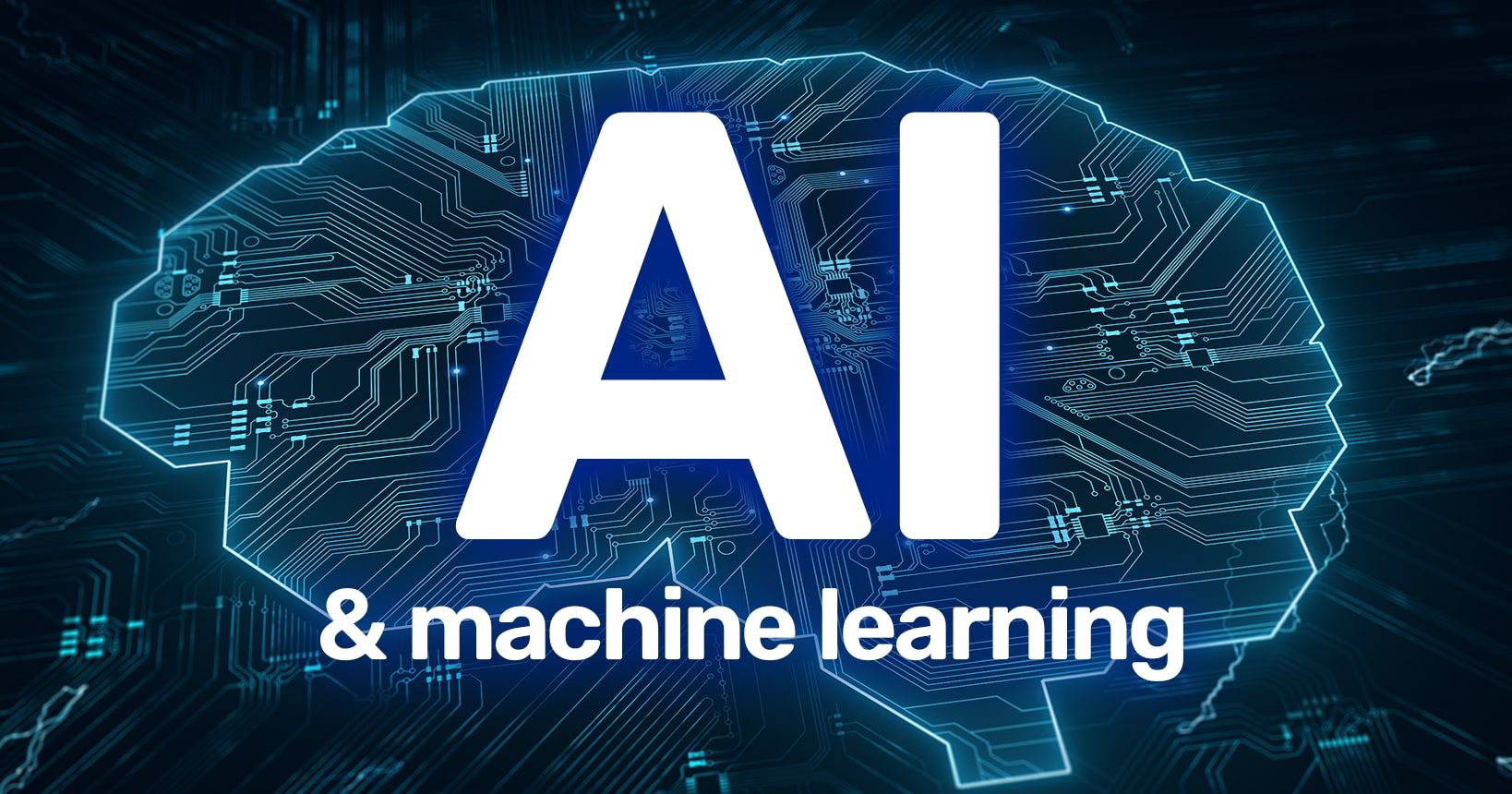When was the last time you listened to music on a cassette player, talked on a landline, or manually pulled down the window on your car?
It might have been years or decades since you upgraded to a new device because of efficiency, convenience, and user-friendliness.
Implementing new technologies and leveraging the benefits to make your daily activities more manageable and productive is not just a natural part of personal life but also work life.
For example, it is predicted that more than half of manufacturers will invest in smart manufacturing to boost their operations by the end of 2022.
While you might be a retro lover, your competition – and your workers – might not. Read on to learn more about digital transformation, the benefits of DX, and the current trends in technology that are worth investing in.
5 prerequisites for successful digital transformation
Is there a way how to maximize your chances for successful digital transformation? Read in this free e-book.
What is digital transformation?
Digital transformation (DX) in manufacturing is a business strategy that includes implementing digital technologies such as AI, robots, sensors, or augmented reality to drive manufacturing efficiency and quality of products.
You may have already heard concepts like digitization and digitalization and think: isn’t it the same thing?
Many people use it interchangeably, and it is true that digitization and digitalization are significant parts of digital transformation.
However, the terms do not entirely cover DX’s meaning. So – what’s the difference between these three terms?
- Digitization is the process of converting analog data to digital form, such as scanning invoices or other documents and turning them into PDF files for more accessible storage and sharing. While it makes your life simpler, it does not bring any significant changes to your workflow itself.
- Digitalization considers your workflows and tries to improve them through digital technologies. This time, you would look through your invoicing process, streamline it to omit any unnecessary steps, and automate it. So, for example, after approving a digital invoice, payment would be automatically scheduled afterward.
- Digital transformation is a broader concept that entails more than just adopting new technologies and simplifying processes. A good way to think about it is that the center of DX is not the technology itself but people – customers and workers – and solving their problems.
It includes a business strategy with specific goals to drive operational efficiency and find new business ventures that would address changing market requirements.
The advantages of digital transformation
Digital transformation allows you to leverage data to create intelligent workflows, support your workers in quicker decision-making, and react to disruptions in real-time. In the current ever-changing state of manufacturing, it can pose valuable advantages against strong competition in the market.
Digital transformation in manufacturing mostly focuses on:
- Improving operational efficiency and quality of products – Insights into operations based on data, like accurate information about costs and time spent on each process, helps organizations build smart and efficient workflows. Complemented with automation, tasks are done quicker and with better precision, enhancing the quality of products.
- Building agility and resilience towards changes – Modernizing your technology and applications brings resilience against disruptions to your processes. Having detailed oversight of the state of your equipment minimizes the risks of downtimes. Restrictions tied to unprecedented events such as the pandemic can be balanced by digital support, so your workers can access information or be trained even without the management present.
- Reducing costs and gathering resources – DX in manufacturing helps cut spending, as automation lowers production costs and vastly reduces the number of errors. Reducing the amount of workload also optimizes the human capital available. This allows workers to focus on more critical non-repetitive tasks requiring creativity and higher-value skills.
- Getting a competitive edge in the market – Digital transformation provides a technical and operational foundation that helps organizations respond to market changes quickly and effectively based on the demand. Having more insights into target customer behavior and preferences give organizations a head start compared to the competition.
Current trends of DX in manufacturing
There is no doubt that digital manufacturing will only continue to speed up in the upcoming years – IDC estimates that spending on DX worldwide will reach $6.8 trillion by 2023. Let’s go through some current technology trends you might want to look into in your digital transformation journey.
IoT (Internet of Things)
Internet of things is a network of interconnected devices equipped with sensors that collect, gather, and exchange data among themselves through the internet.
It gives you real-time insights into the shop floor and the production process, including defect alerts, so that you can make decisions based on data.
One of the most prominent use cases of industrial internet of things is predictive maintenance. You can monitor equipment performance and predict problems before they occur based on the patterns of errors or failures.
Considering a single hour of downtime can cost more than $300,000, this data-driven solution can be a significant advantage.
3D printing
Additive manufacturing, or 3D printing, is a process that includes constructing a three-dimensional object from a computer-aided design (CAD) model or a digital 3D model.
In manufacturing, 3D printing can be especially beneficial when you want to create prototypes during the product development stage. It can produce complex products cheap and fast using various materials, including plastic or metal. Furthermore, if you want to make a limited number of customized products or parts, it is even more cost-effective than traditional manufacturing technologies.
Augmented reality (AR)
Augmented reality, or AR, is a technology that allows digitally generated 3D objects to be overlaid in real-world scenarios.
AR provides workers with easy access to information such as assembly guidelines, temperature or possible points of equipment failure, and safety requirements. This can shorten their reaction time and improve decision-making, making processes like problem identification and troubleshooting more efficient.
Technicians in the field or on the shop floor can also receive step-by-step advice on complex issues or uncommon equipment. AR allows a remote professional to draw into a shared view in real-time, showing the exact point where the technician needs to intervene.
Cloud technology
Cloud is a technology that allows organizations to store, manage and share data in cloud storage through an internet connection from any location or device.
Worldwide, 90% of companies use some type of cloud-based technology, and for good reasons. With cloud, all workers have instant access to company documents and information from the same source.
Thus, they are less likely to lose data, be misinformed, or spend hours looking for information in physical folders. It can also greatly encourage collaboration and productivity since people can share information and updates in real-time.
Artificial intelligence (AI) and machine learning
Artificial intelligence and machine learning are about creating a technology that can mimic behaviors and capabilities that are predominantly human: solving problems and learning.
Considering the amount of data our equipment produces daily, it is not possible anymore for the workers to go through it and analyze all the factors and options to make the best possible decision on time.
Thankfully, algorithms can. AI can predict future demand, plan predictive maintenance schedules, or help you with workforce management.
Want to start your digital transformation journey?
Resco offers a knowledge management solution that will help you keep up with the competition. All your tribal knowledge, guides, manuals, and AR video calls are available in a single app.
Empower workers to share expertise in real-time and improve operations efficiency with essential knowledge at your workers’ fingertips.
Find out more & book a 30-minute demo here.





